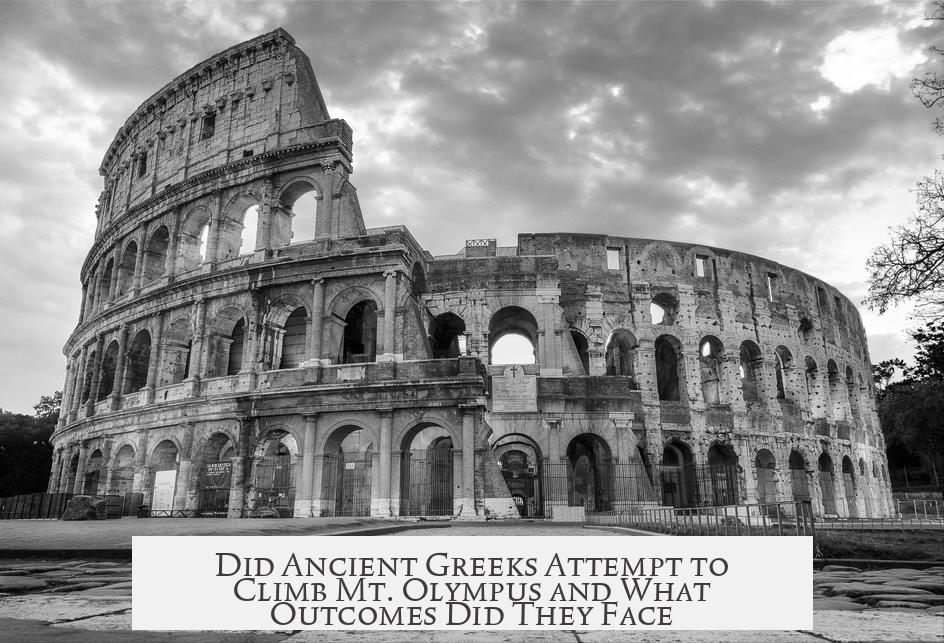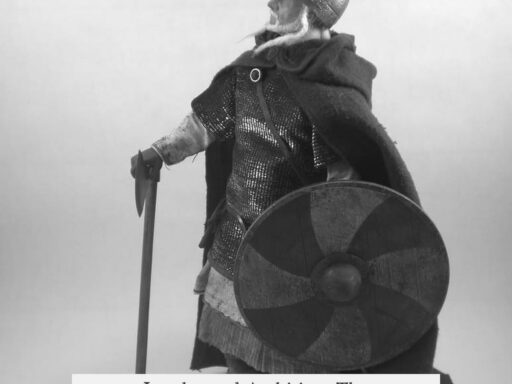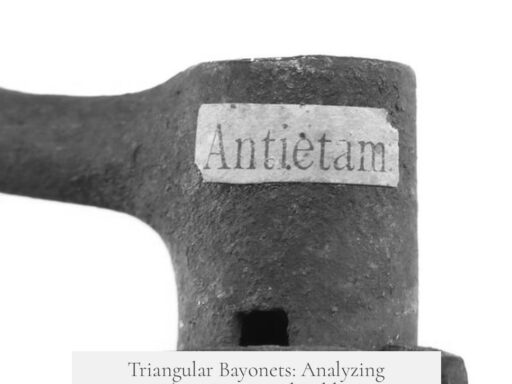The ancient Greeks did climb Mount Olympus, though evidence shows this was usually to nearby peaks rather than the absolute summit. Climbs occurred primarily for ritual offerings and religious pilgrimages rather than in belief that the gods physically dwelled at the peak. Historical records and archaeological discoveries confirm such ascents and associated activities.
Mount Olympus held a unique place in ancient Greek culture, representing both a physical mountain and a symbolic home of the gods. Early Greek literature such as the Iliad refers to Olympus as an actual snowy, rocky mountain as well as a metonym for the heavens. This dual understanding persisted over time, blending tangible geography with spiritual symbolism.
Ancient Greeks did not clearly distinguish between Olympus the mountain and the literal dwelling place of the gods. Some myths, like that of the twin giants attempting to stack mountains to attack the gods’ home, suggest a conceptual separation. Philosophers later offered varying ideas on divine presence, treating the gods as omnipresent or scattered in the stars, distancing the literal understanding of Olympus as the gods’ residence.
Archaeological and literary evidence shows that climbing Olympus, particularly to the sub-peak called Hagios Antonios, was common from the 3rd century BCE to approximately the 5th century CE. This peak lies about one mile from the summit and only 300 feet lower. Pilgrims left offerings and made sacrifices to Zeus at an altar there, demonstrated by ancient pottery shards, burnt sacrificial remains, coins from the 3rd century BCE, and inscriptions found in the area.
One notable inscription tradition is recorded by Plutarch. In fragments preserved by John Philoponus, Plutarch writes that priests regularly ascended the mountain and found their carved inscriptions intact from previous visits. Augustine of Hippo describes a similar phenomenon, though he appears to misunderstand the nature of the inscriptions, mistaking carved letters for dust markings that could survive undisturbed over time.
These findings reveal that climbing Olympus was an established practice tied to religious customs. By late antiquity, priests and pilgrims undertook regular journeys up the mountain, sometimes leaving or renewing offerings to the gods. Both Plutarch and Augustine mention such ritual pilgrimages, highlighting their role in the religious life of the region.
A specific historical example involves Polydamas of Skoutoussa, a renowned Olympian athlete and warrior. Pausanias, writing centuries later, describes Polydamas climbing Mount Olympus and performing feats such as killing lions barehanded. This account suggests that climbing Olympus could also demonstrate physical prowess, though it does not emphasize any expectation of encountering divine beings atop the mountain.
Overall, it appears that the ancient Greeks’ belief in Olympus as a divine home was more symbolic than literal. Those who ascended the mountain likely viewed it as a sacred site linked to the gods, but not as a physical residence filled with shining palaces. The clear view from Hagios Antonios’ altar to the summit would have made it evident that no gods’ palaces existed there.
The mountain served both religious and cultural functions: a pilgrimage destination, a place for ritual offerings, and a symbol of the gods’ power. Climbs were documented, and the presence of inscriptions and artifacts atop peaks confirm human activity. However, the literal summit’s highest point is not definitively known to have been reached in ancient times, though it remained a focus of myth and reverence.
- Ancient Greeks climbed Mount Olympus primarily for religious reasons, especially to the peak called Hagios Antonios.
- Regular pilgrimages and sacrifices occurred from the 3rd century BCE to the 5th century CE.
- Priests left carved inscriptions that survived through time, as reported by Plutarch.
- Archaeological finds include pottery, coins, offerings, and inscriptions near peaks.
- Climbers likely saw Olympus as a metaphorical, not literal, home of the gods.
- Certain historical figures, like Polydamas of Skoutoussa, are linked to notable ascents.
- No clear record confirms anyone reached the very summit in ancient times.
Did Any Ancient Greek Actually Climb Mt. Olympus? And What Happened If They Did?

Yes, ancient Greeks did climb Mt. Olympus, although whether anyone ever reached the highest summit remains uncertain. What’s clear is that many ventured up the mountain for ritual offerings, pilgrimages, and even left inscriptions—showing Mt. Olympus was more than just a mythic home of the gods. But the story is richer than just footsteps on a peak.
Mt. Olympus holds a special place in ancient Greek imagination, not only because it’s the tallest mountain in Greece, but as the legendary abode of the Olympian gods. But here’s the twist: for the Greeks, Olympus wasn’t just a physical mountain; it was also a metaphorical or heavenly realm. Imagine a GPS coordinate that points to both a nice hiking trail and a divine penthouse in the clouds. This dual image shaped how they viewed their climbs.
The Two Olympus Notions: Physical Peak and Metaphysical Home

From the earliest Greek literature, like Homer’s Iliad, Olympus was described as “snowy and craggy,” a real mount anyone could locate on a map in Thessaly. Yet simultaneously, it stood for the heavens or the cosmos where gods lived.
One particular myth tells us about twin giants stacking mountains like giant Jenga blocks—Mount Pelion on Mount Ossa, which was itself stacked on top of Olympus—to storm the gods’ true home, which was thought of as even higher than Olympus itself. This tale underlines that Olympus and the actual divine residence were distinct. So, climbing Olympus wasn’t climbing into godly apartments—it was a bit more complicated.
Who Climbed Olympus and Why?
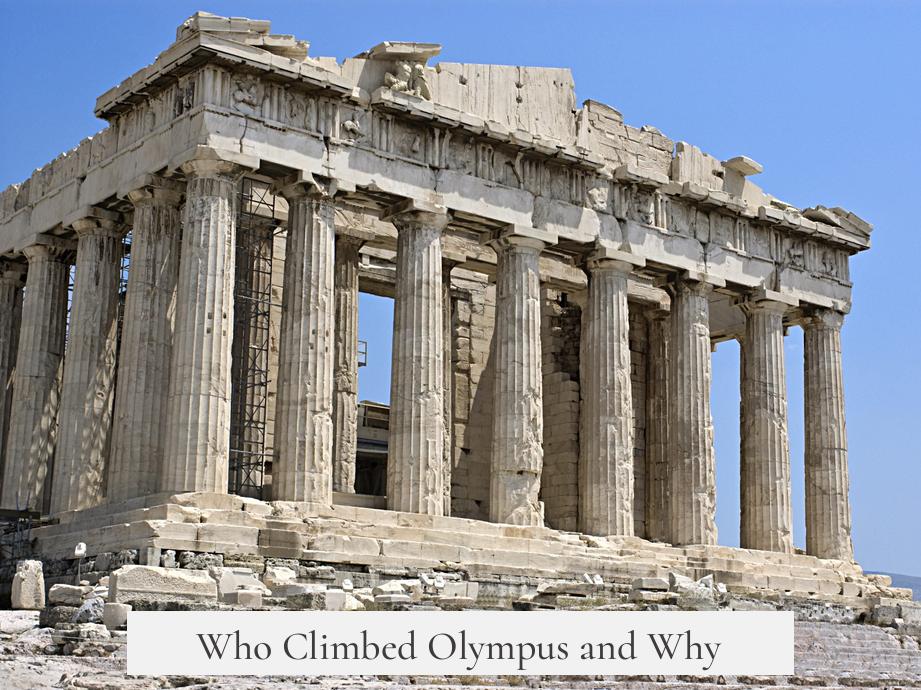
Did ancient Greeks trek to the peak? We don’t know for sure if anyone reached the summit itself, but there’s strong evidence people climbed close. A sub-peak called Hagios Antonios, about a mile from the summit and only 300 feet lower, was a popular spot. Starting at least in the third century BCE and continuing into late antiquity, Greeks made pilgrimages here to offer sacrifices at an altar dedicated to Zeus.
Think of it as an ancient mountaintop shrine—hundreds of years of worshipers trudging up, leaving pottery shards, burnt sacrifices, and even coins behind. Archaeologists from Aristotle University in Thessaloniki uncovered some of these relics, plus inscriptions carved in stone referencing “Olympian Zeus.” This is solid proof that climbing Olympus had a ritual and religious significance.
Pilgrimages Were Like Ancient Greek Hiking Meetups
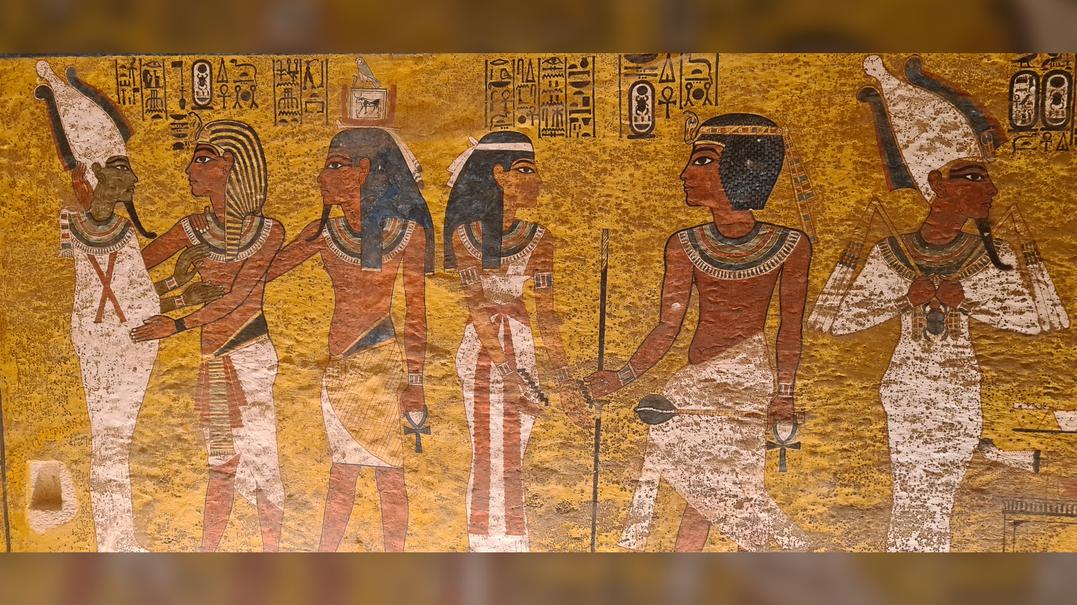
By late antiquity, climbing Olympus became more organized and ritualized. Historical figures like Augustine of Hippo and Plutarch talk about priests regularly trekking up the mountain, not as thrill-seekers or treasure hunters, but on sacred pilgrimages. These priests left inscriptions on the mountain’s stones—messages that would remain undisturbed for years. Pretty impressive for ancient graffiti!
Augustine’s account suggests priests wrote in dust, yet Plutarch’s description (an earlier source) notes carvings in stone. Archeologists confirm some inscriptions survive today, validating these stories. Whether dusty scribbles or carved epitaphs, the message is loud and clear: climbing Olympus was a spiritual act, repeated over centuries.
What About the Very Summit? Did Anyone Reach It?
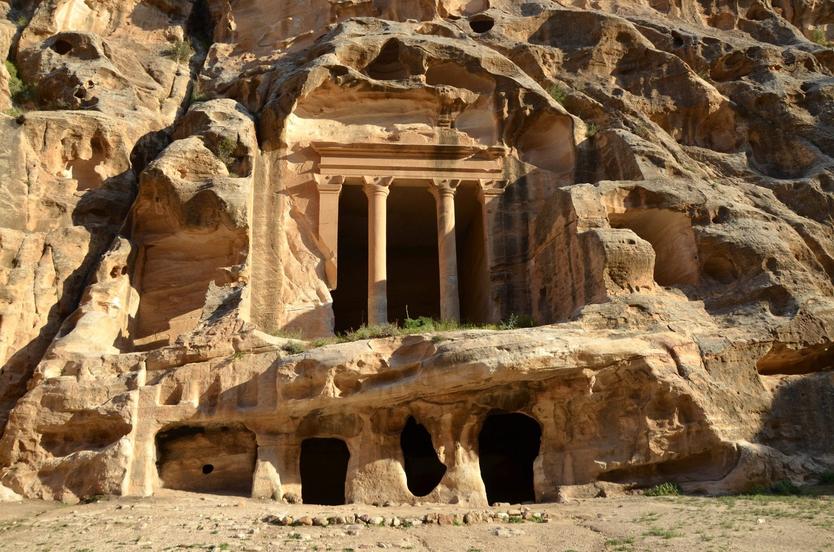
Here we enter the realm of speculation. The highest summit of Olympus remains a mystery because no firm records say anyone stood up there in antiquity. However, repeated visits to Hagios Antonios—the “almost summit”—suggest that reaching even higher might have been exceptionally difficult or not the goal. Anyone expecting golden palaces or lounging gods would have been disappointed: the mountain’s atmosphere is harsh and rugged, and the gods themselves were likely seen as residing in the heavens, not above a mountain peak.
Polydamas of Skoutoussa: The Human Who Scaled Olympus (and Fought Lions, No Less!)
Not all Ancient Greeks were priests or worshippers. Polydamas of Skoutoussa, a famed Olympian athlete from around the 5th century BCE, reportedly climbed Mt. Olympus. Pausanias, writing centuries later, tells of Polydamas killing lions with his bare hands on the mountain. This story paints a picture of Olympus not just as a divine sphere but as a tangible place, accessible to humans—even if a bit dangerous.
Thus, climbing Mt. Olympus carried practical, everyday realities alongside religious symbolism. People saw it as an imposing natural feature first, then as a holy place imbued with cosmic significance.
Why Did Ancient Greeks Climb? Pilgrimage, Ritual, or Challenge?
The ancient Greeks seem to have climbed Olympus primarily for religious reasons—pilgrimage, sacrifice, and ritual rather than exploration or conquest. The priests and worshippers visiting altar sites weren’t trying to reach heaven physically, but symbolically connecting to the divine realm.
Also, the mountain served as an axis mundi—a connection point between earth and sky. Climbing it was a way to bring oneself closer to the gods symbolically. The rituals performed, offerings made, and inscriptions left were acts of devotion.
On top of that, Olympus offered a spectacular vantage point and a tangible site where the divine and earthly met. It was a place where humans could feel a direct, though metaphorical, touch of the gods’ presence.
Philosophical Musings: Were the Gods Really on Olympus?
Later Greek philosophers, especially Stoics and Epicureans, complicated the idea of Olympus as the literal home of gods. For them, gods were everywhere or scattered among the stars. By this time, calling Olympus the gods’ home had become a literary convention, not a strictly held belief.
Despite this evolving worldview, the rituals and pilgrimages persisted, showing how tradition often outlasts shifting philosophies.
What Can We Learn from the Ancient Greeks’ Relationship with Mt. Olympus?
- Myth meets reality: The mountain was both a real place and a cosmic symbol. Humans navigated both domains.
- Climbing as devotion: Ascents were acts of religious faith, not thrill-seeking adventures.
- Written evidence: Inscriptions and offerings prove repeated presence and ritual activity.
- Philosophical change: Views of the gods’ location evolved but didn’t erase practices.
- A blend of stories and facts: Figures like Polydamas show the human engagement with Olympus beyond myth.
So, What Actually Happened When Ancient Greeks Climbed Mt. Olympus?
Primarily, they climbed to worship. They left offerings, carved inscriptions, and made pilgrimages. They faced cold winds and rough terrain rather than golden throne rooms. They probably did not meet gods in person but expressed their devotion on earth’s grandest Greek peak.
At Hagios Antonios and near the summit, archaeologists discovered pottery, coins, burnt sacrifices, and carved names that immortalize these journeys, giving modern us a tangible link to these ancient acts of piety.
Wondering what it would be like to climb Olympus today?
Modern climbers have much better equipment and know the routes, but the mountain still inspires awe and respect. Ancient Greeks approached it with reverence and ritual. Today’s hikers can appreciate that spirit and maybe, in doing so, hike not only a mountain but also centuries of human reverence and myth.
Whether you climb for sport or spirituality, Mt. Olympus remains a place where the natural world and human imagination meet—much as it did over two millennia ago.
Did any ancient Greeks climb Mount Olympus to reach the highest summit?
We do not know if any ancient Greek reached the very summit of Mount Olympus. Records do not confirm ascents to its highest point.
Were any parts of Mount Olympus regularly climbed by the ancient Greeks?
Yes. Many Greeks climbed the sub-peak called Hagios Antonios, about a mile from the summit. From the third century BCE to the fifth century CE, offerings and sacrifices were made there at an altar of Zeus.
What evidence exists of ancient Greek activity on Mount Olympus?
- Ancient pottery fragments and coins have been found near the peaks.
- Burnt sacrifices and offerings were discovered at Hagios Antonios.
- Inscriptions mentioning Olympian Zeus have been located atop the mountain.
Did priests of ancient Greece climb Mount Olympus regularly?
Yes. Sources like Plutarch and Augustine of Hippo mention that priests made regular pilgrimages to the mountain. They left inscriptions that remained visible over many years.
Did ancient Greeks believe that the gods physically lived on Mount Olympus?
Most likely not literally. Ancient Greeks probably saw Mount Olympus as a metaphorical home of the gods rather than a place where gods physically resided.
Is there any historical story of someone climbing Mount Olympus in ancient times?
Yes. Polydamas of Skoutoussa, a famous ancient athlete, was said to have climbed the mountain and fought lions there. This story does not suggest he believed the gods lived at the summit.

